Cygnus (scientific name: Cygnus) is an important genus in the duck family of the order Anseriformes. These elegant birds are called swans or swans, and are commonly known as "swans." Swans are closely related to geese and ducks, and together with the closely related geese, they are classified in the subfamily Ans.
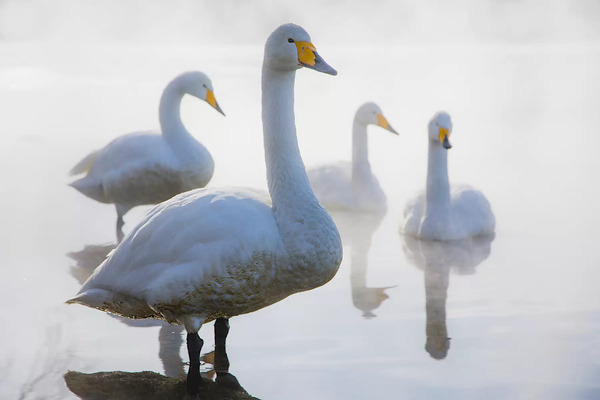
Swans generally stay together for life after pairing up, forming a loyal partnership that is rare in the animal world. However, occasionally "divorce" occurs, especially after reproductive failure. If a mate unfortunately dies, swans often look for a new mate. During each breeding period, swans lay a number of eggs ranging from 2 to 10.

Swans are known for their graceful posture, beautiful calls and loyal behavior. They have a long cultural history across Eurasia and are found in both Eastern and Western cultures. The swan is regarded as a symbol of purity, loyalty and nobility, a consensus recognized across cultures. So do you know which swan is the most beautiful? Today we bring you the 10 most beautiful swans in the world, including: mute swan, black swan New Zealand species, black swan named subspecies, whooper swan, black-necked swan, black-billed swan, cygnet Ussuria species Wait, let’s take a look.
1. Mute Swan
Mute swans are widely distributed, with a large number in Europe and a small number in Asia. They are the national bird of Sweden. In Asia, the number of mute swans is small, and wild populations are very rare. Mute swans are classified as low risk in the IUCN red data, mainly based on the species' status in continental Europe situation. It is a second-level protected animal in China.
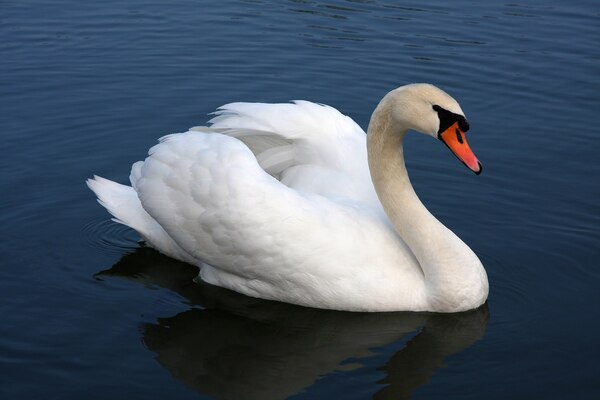
The mute swan has always been a high-profile presence in the ranking of the most beautiful swan species. It is also known as the knob-nosed swan, mute swan, red-billed swan, knobby swan, bright swan, red swan and many other aliases. This species shines with a unique light among various appellations and is known as one of the most elegant birds, with the rich fairy tale colors of Anis Tarkov.
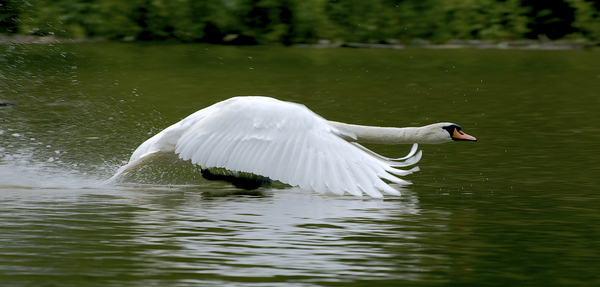
The mute swan's feathers are as bright as snow, and its neck is soft and slender. When swimming, its neck curves in a graceful S-shape, showing the ultimate elegance. It is named for the prominent wart-like bumps on its forehead. According to legend, the design of the ballet "Swan Lake" was inspired by the graceful posture of the mute swan. This elegant dance step is integrated with the shape of the mute swan, adding a legendary color to this agile swan species. The legendary mute swan cannot make a sound, but it sings a beautiful song called "Swan Song" before it dies.
2. Black swan New Zealand species
Black swans are distributed in Heilongjiang, Jilin, Liaoning, Xinjiang, central China and the southeastern coastal areas in China, and in and around Australia and New Zealand It is also distributed on islands; inhabits lakes, reservoirs and swamps.
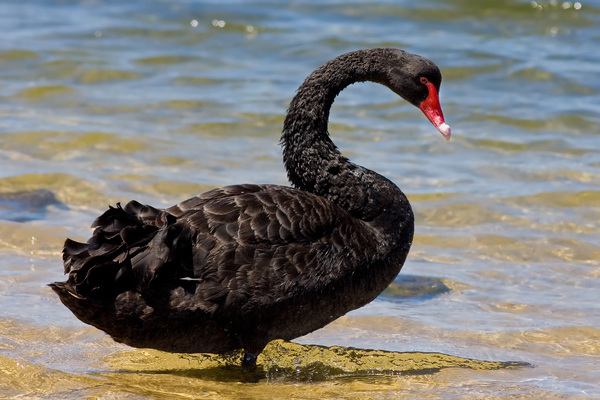
The black swan is recognized as one of the most beautiful swan species. Its characteristic is that except for a small part of the primary flight feathers which are white, the rest of the feathers are glossy black, hence the name. The black swan has a red beak and black feathers. The feathers all over the body are curly and flashing with spots. The appearance is very visual impact and the ornamental value is very high. This swan has the longest and most beautiful neck of the entire species. This slender neck is usually arched in an S-shape or stands vertically, showing graceful and graceful lines. The black feathers and bright red beak form a sharp contrast with the white swan, which makes the black swan more approachable than the mute swan.
3. Nominated subspecies of black swan
The New Zealand species of black swanmainly in AustraliaBreed in the southeast and southwest areas. Within the Australian mainland, black swans live a migratory life, and migration patterns vary depending on climatic conditions.
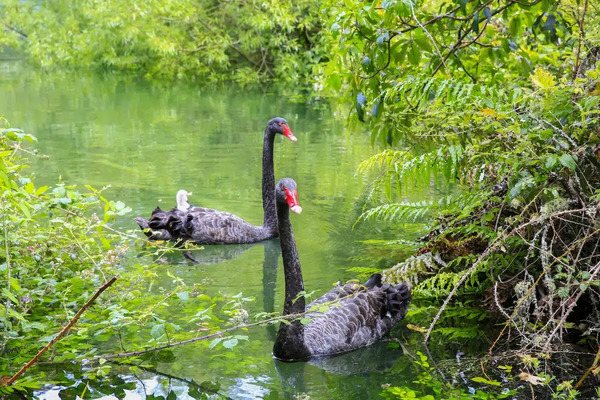
There are two subspecies of black swan, one is the New Zealand subspecies and the other is the named subspecies. Their total length is between 80 and 120 centimeters, and their weight is approximately 6 to 8 kilograms. The feathers of these black swans are curly, mainly black gray or dark brown, while the abdomen is gray-white and the flight feathers are white. Their mouths are red or orange-red with a white horizontal stripe near the end. The iris may be red or white, while the tarsometatarsus and webs are black. Compared to the New Zealand subspecies, the named subspecies has a thicker mouth.
It was not until the late 17th century that people began to understand black swans, so the term "black swan event" was used to refer to those events that are completely beyond experience and cannot be predicted. This imagery stems from the recognition of the mystery and rarity of black swans, which represent a symbol of unpredictability and unexpectedness.
4. Big Swan
Whooper swans are mainly distributed in China and Siberia, Russia, In China, Huanggang, Xianning, Huangshi, Ezhou, Xiaogan, It can also be seen in Wuhan and Xiantao and is the national bird of Finland. It is included in the second level of China's "List of National Key Protected Wild Animals".
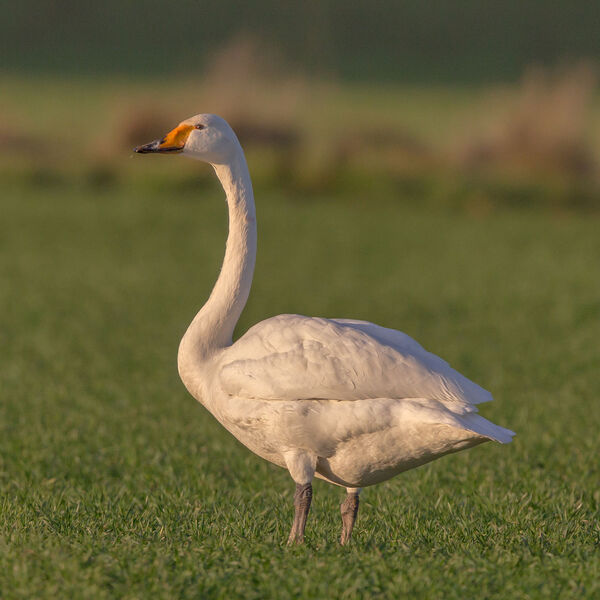
The whooper swan is known as one of the most beautiful swan species. Its feathers are all white, and both sexes are the same color. Although the female is slightly smaller than the male, they have the same appearance. The entire feathers are white, except for the head, which is slightly stained with light brown. Their irises are dark brown, their mouths are black, and the base of their upper bills is yellow. This yellow spot extends to both sides of the mouth base, forming a unique trumpet shape. The whooper swan is one of the birds with the richest feathers in the world and the second highest flying bird. During migration, it can fly over Mount Everest, the top of the world, with a maximum flying height of more than 9,000 meters. Because of its huge size, white feathers, and slow and elegant swimming posture, the beauty of the whooper swan once became the target of people's crazy hunting.
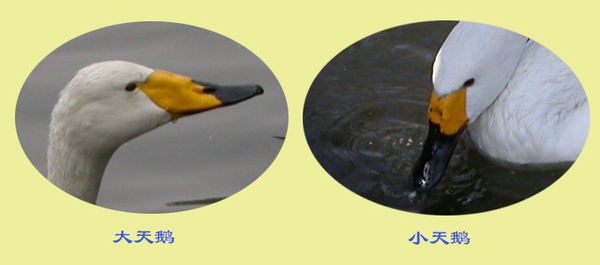
The distinctive distinguishing feature of this species is the beakThe whooper swan's beak is composed of black and yellow. The yellow area is located at the base of the beak. Compared with the cygnets, the yellow area on the whooper swan's beak is larger and exceeds the position of the nostrils.
5. Black-necked Swan
Black-necked swanMainly distributed in Brazil and Argentina in South America, is the largest native duck in South America. Some zoos in China have it on display. Because of its elegant and beautiful appearance, it is deeply loved by people. It has a close relationship with tourists in the park and will swim to people as long as they feed them food.
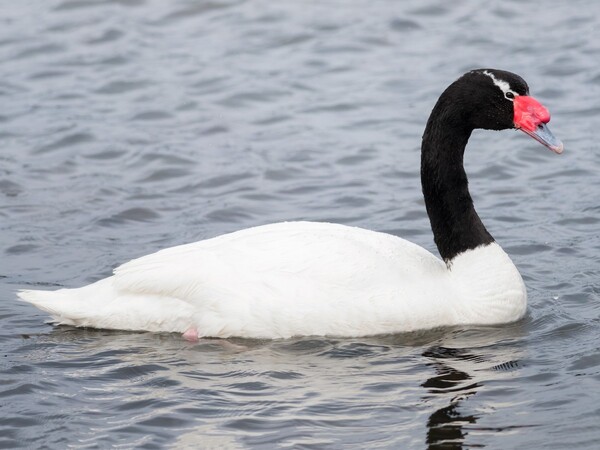
Black-necked swans are known for their single-minded nature. They practice strict monogamy and stay together for life. As one of the top ten swan species, they are the smallest swans in the world. Although the body feathers are the same as those of the whooper swan, the head and neck of the black-necked swan are black, making it unique and unique. On their foreheads, there is also a large bright red crown of flesh, called a wart, which is very eye-catching and well-developed.
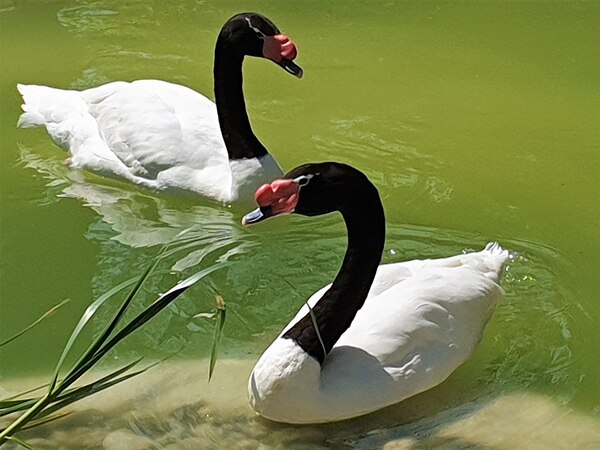
Black-necked swans are loved by people because of their elegant and charming appearance. However, it should be reminded that they are world-famous rare ornamental birds and are not suitable for home breeding.
6. Black-billed Swan
Black-billed swans are distributed in Alaska and western Canada, and enter the south coast of Alaska in winter.

The black-billed swan is considered one of the most charming swan species and one of the largest native birds in North America. Not only are they the largest waterfowl on earth in terms of weight, but they are also quite spectacular in appearance. The entire body is covered in pure white feathers, while the beak is black, a contrasting color that makes it even more eye-catching. Black-billed swans have unusually long necks. When they swim in the water, their necks usually point vertically upward, their heads extend forward, their wings are close to the sides of the body, and the front half of the body is immersed in the water more, while the back half is relatively less. , the bulging feature of the back is particularly obvious when viewed from the side. Their swimming posture is light and slow. When taking off, they need to frequently flapping the water and run their feet on the water for a certain distance before they can successfully take off.
7. Cygnet Ursula species
Cygnetsbreed in Northern EuropeandAsiain the far north, inEurope, Central Asia, China's Yangtze River BasinThe southeastern coast andJapanoverwintering; during migration can be found in China'sNortheast、Xinjiang、Inner MongoliaNorth.In my country's "National Key Protection "Wild Animal List" is listed as a second-level protected animal.
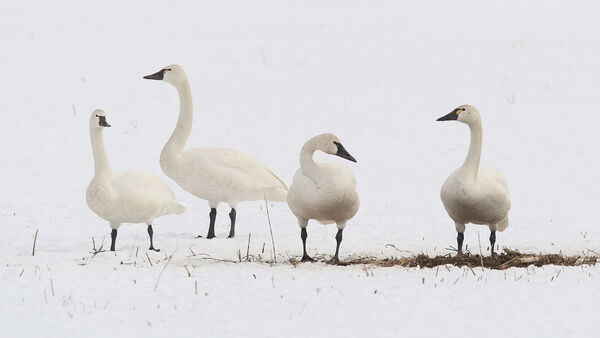
The cygnet, also known as the Ursula species, is a member of the swan species. Its appearance is very similar to the whooper swan, but its size is obviously larger than that of the swan. Their necks and mouths are shorter than those of larger swans. The black spots on the mouth are larger, while the yellow spots are smaller and are limited to both sides of the mouth base and do not extend below the nostrils. The males and females are similar in appearance, with the female being slightly smaller. The adult bird's whole body feathers are pure white, with only the top of the head to the pillow possibly being slightly brown.

Outside the breeding season, they often move in small groups or family groups, sometimes in mixed groups with whooper swans.
8. Bewik Swan
The Bewik swanis mainly distributed in the Arctic tundra area in northern Russia, Denmark, France and the British Isles in northern Europe, and Will migrate further south for the winter.
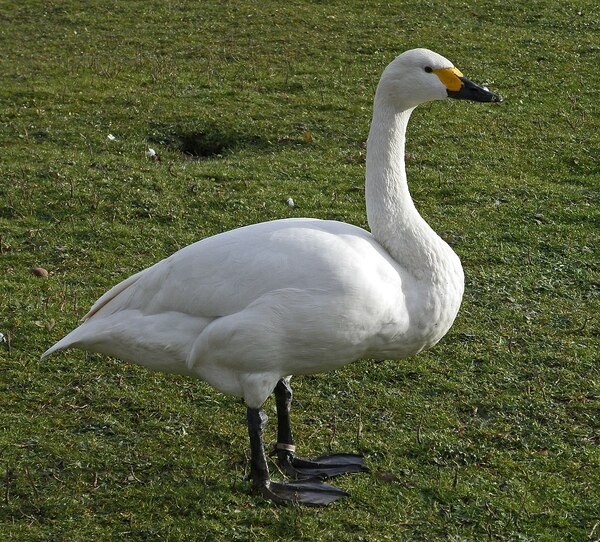
The Bewiker swan is recognized as one of the most charming swan species, covered in snow-white feathers, showing an elegant temperament. Every summer, these elegant Bewik swans breed in the Arctic tundra of northern Russia. In autumn, flocks of Bewik swans fly south to escape the cold Arctic winter. Their migration routes extend to places such as Northern Europe, China and Japan. The migration distance of Bewik's swans is the longest among all swans, with each migration route being 7,000 kilometers long. When newly hatched, the feathers of Bewik swans are gray, and when they reach adulthood they turn to snow-white, showing purity and elegance.
9. Nominated subspecies of cygnet
Adult cygnets are covered with snow-white feathers all over their bodies, except for the head to the pillow, which is slightly light brown. The male and female have the same appearance, with the female slightly smaller than the male. Its iris is brown, its mouth is black-gray, the yellow spots on both sides of the upper beak base extend forward to near the nostrils, and the tarsometatarsus, webs and claws are all black. The graceful posture of the little swan is loved by people, and it is recognized as one of the stars of ornamental birds.
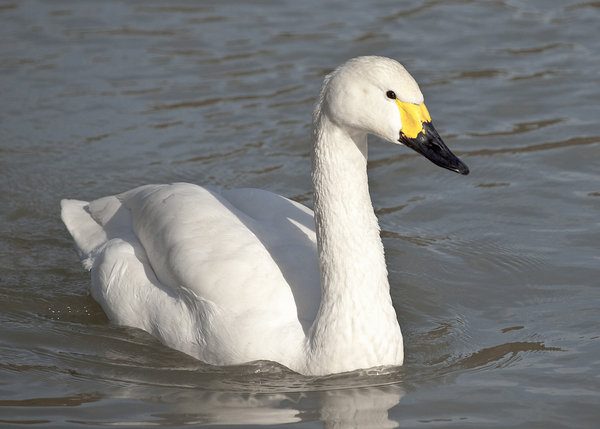
In comparison, snow geese and cygnets are also similar in appearance. They are covered with pure white feathers. However, snow geese are smaller in size, have a red beak, no black spots on the beak, and their primary flight feathers are black. When standing, The tail is black, and the wingtips are black when flying. These characteristics are clearly different from those of cygnets. There are three subspecies of cygnets in total, showing diversity and richness.
10. Flat-billed Swan
The flat-billed goose is distributed in South America, from southern Chile and central Argentina to Tierra del Fuego and the Falkland Islands. In winter, they migrate north to central Chile, northern Argentina, Uruguay and the southeastern tip of Brazil.
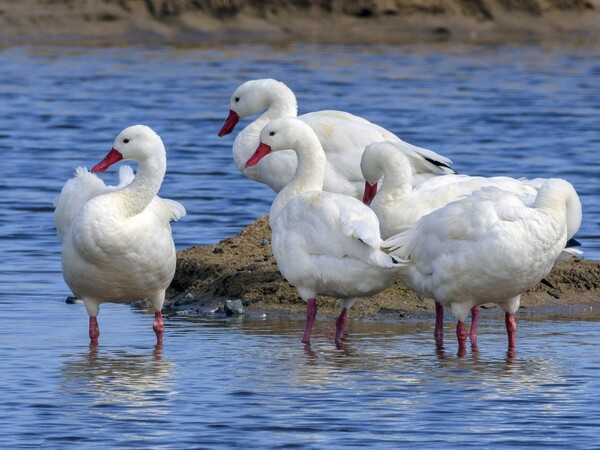
The distribution range of flat-billed swans is similar to that of black-necked swans, and its feather color is similar to that of northern swans, showing a pure white appearance. However, compared to the black-necked swan, the flat-billed swan is smaller, with a body length of about 90 to 115 cm, a wingspan of between 42.7 and 48 cm, and a weight of between 3800 and 4600 grams. Its beak is approximately 6.3 to 6.8 cm long, and its tarsal segments are approximately 9.2 to 9.4 cm long.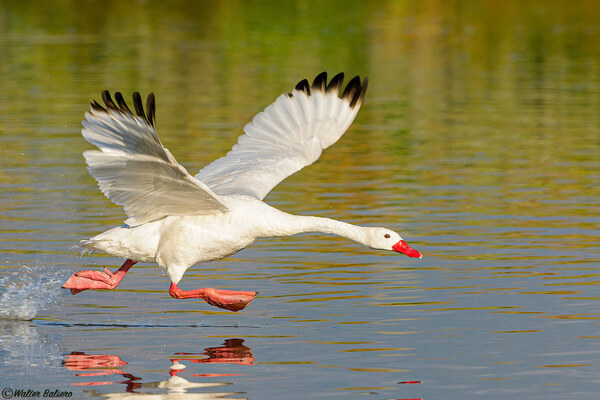
The body feathers of the flat-billed swan are pure white, while the ends of the sixth main flight feathers are black. Since this part is located close to the wings, it is difficult to observe at ordinary times, but it is very obvious when flying. Its beak and feet are red, and its overall appearance is more similar to that of a goose than a traditional swan, without the characteristic black cheeks of swans, while both sexes have a similar appearance.
animal tags: swan
We created this article in conjunction with AI technology, then made sure it was fact-checked and edited by a Animals Top editor.